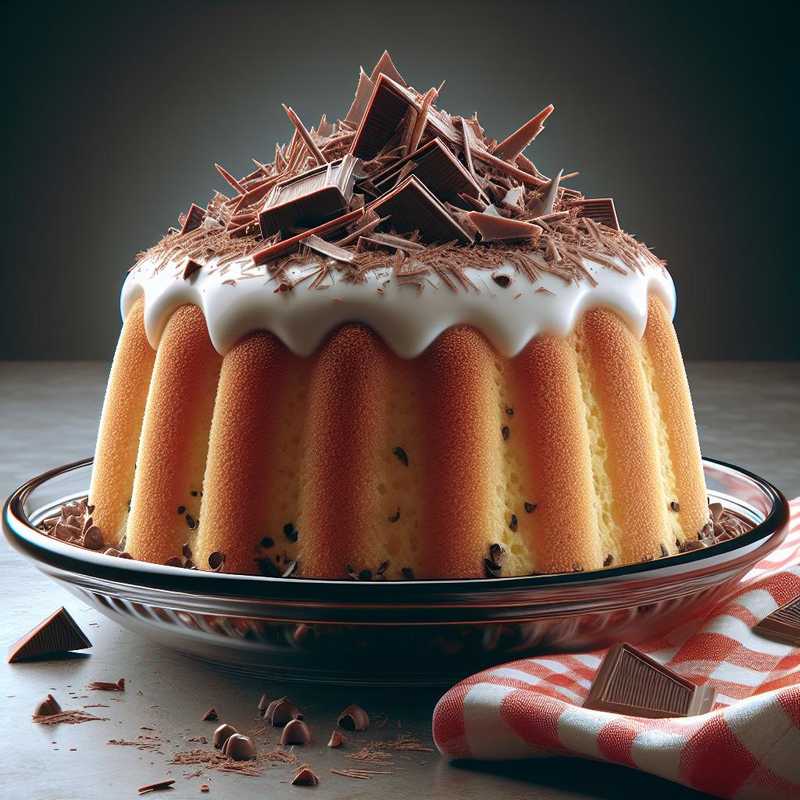Zuccotto
17/11/2023The Zuccotto is a traditional Florentine dessert that takes the form of a semi-frozen dome-shaped treat. Here is an Italian variant of the classic Zuccotto:
Ingredients
- 250 g of ladyfingers or sponge cake
- 400 ml of fresh cream to whip
- 150 g of powdered sugar
- 150 g of ricotta
- 100 g of dark chocolate
- 100 g of milk chocolate
- 75 g of mixed candied fruit (such as citron and orange)
- 75 g of toasted and chopped almonds
- 50 g of unsweetened cocoa powder
- Orange liqueur or Alchermes to soak the ladyfingers (about 100 ml)
- A small amount of butter for greasing the mold
Preparation
- Line a hemispherical mold with cling film, letting it hang over the edges. Lightly grease with butter.
- Prepare the cream by whipping the fresh cream with the powdered sugar until it becomes thick and frothy.
- Divide the whipped cream into two equal parts. In the first half, incorporate the sifted ricotta, the candied fruits, and half of the chopped almonds.
- Into the second half of the whipped cream, incorporate the two types of melted chocolate, previously melted in a double boiler or in the microwave and cooled, the rest of the chopped almonds, and the cocoa powder.
- Soak the ladyfingers in the chosen liqueur and line the base and sides of the mold with them. Set aside a few soaked ladyfingers for the final covering.
- Pour the chocolate cream into the ladyfinger-lined mold, then add the cream with ricotta and candied fruits.
- Close with another layer of soaked ladyfingers and cover with the cling film hanging over the edges.
- Let it rest in the refrigerator for at least 4 hours, better if overnight.
- Before serving, turn the Zuccotto out onto a serving plate, carefully removing the mold and the cling film.
Curiosity
The Zuccotto is a dessert that comes from the Florentine confectionery tradition, and its origin is linked to various legends: one of the most famous tells that it was created in honor of Catherine de’ Medici. The name “zuccotto” is derived from the resemblance of the dessert to the shape of the cap used by monks at the time. The original recipe can vary with the addition of different liqueurs or types of chocolate to personalize the cream.
